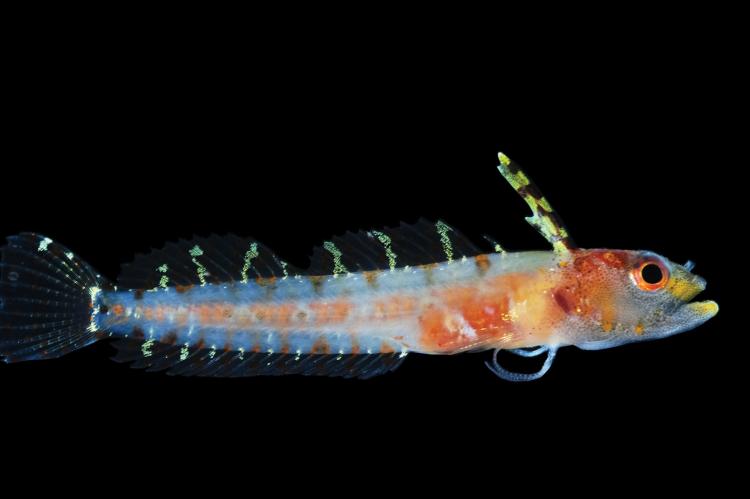New Ocean Zone Filled With Unknown Species Discovered
Researchers say deep 'rariphotic zone' around coral reefs could provide a vital refuge for many fish species as shallower regions are threatened by climate change
About 30 new species identified within an area of just 200 square metres—with such amazing diversity, it is no wonder that researchers are excited about the new rariphotic ocean zone in the Caribbean.
Occurring between 130 and 309 metres below the surface—just below the mesophotic (40 to 150 metres)—this newly defined zone on a southern Caribbean reef system in Curaçao has been the subject of a study by Smithsonian researchers.
They had wanted to find out whether the deteriorating conditions of shallow reefs caused the organisms there to flee to deeper reef areas.
During their research, they discovered such an astounding richness and biodiversity within 130 and 309 metres below the surface, that they decided to define the area as a new oceanic zone.
In the 80 dives in the Curasub mini-submarine, researchers observed about 4,500 fishes from 71 species. Using the Curasub enabled them to stay underwater for up to eight hours at depths of 309 metres, while remaining at normal atmospheric pressure.
“About one in every five fish we're finding in the rariphotic of the Caribbean is a new species," said Dr Ross Robertson, a marine biologist at the Smithsonian Tropical Research Institute. He is the co-author of a paper on the rariphotic, published in the 20 March issue of the journal Scientific Reports.
Despite its great depth and dark surroundings, the fish in the rariphotic are colourful, not unlike those found in coral reefs. As a result, researchers speculate that the rariphotic zone may serve as a refuge for shallow-dwelling reef fishes seeking relief from shallower waters that have warmed up due to climate change.
This vast biodiversity within the rariphotic disputes the perception that reef ecosystems just below the mesophotic—which are generally unexplored—transition directly into those of the deep sea.
According to lead author Carole Baldwin, curator of fishes at the Smithsonian’s National Museum of Natural History and director of the Smithsonian’s Deep Reef Observation Project (DROP), “… tropical deep reefs are not barren landscapes on the deep ocean floor: they are highly diverse ecosystems that warrant further study. We hope that by naming the deep-reef rariphotic zone, we’ll draw attention to the need to continue to explore deep reefs.”


